


Where Innovation Meets
Hands-On Learning
The Center for Simulated Patient Care provides students with the opportunity to immerse themselves in real-life inpatient spaces, operating rooms, and ambulatory settings through an experiential approach. This innovative teaching method utilizes simulation-based education, which has been proven to reinforce clinical knowledge, improve team communication, and enhance decision-making skills.
The center's full-body simulation manikins provide real-time physiological responses and feedback, allowing students to interact with advanced technology and develop the necessary skills in a safe and controlled environment. The use of simulation-based education provides a powerful tool for hands-on training, preparing learners for real clinical settings and patient interactions by promoting critical thinking and teamwork.
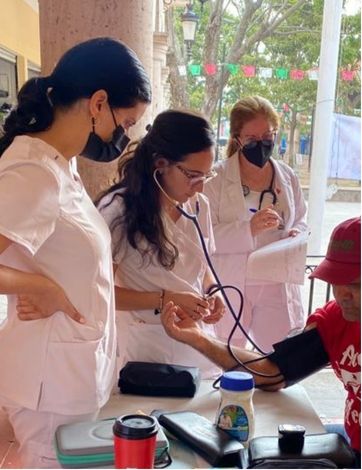
Hands-on learning has a significant impact on basic science students by enhancing their understanding, retention, and application of scientific concepts.
Simulation-based education at UAG helps students develop key skills like teamwork, professionalism, and communication, while applying scientific knowledge to real-world medical scenarios. During simulated exercises, students collaborate, offer feedback, and refine their techniques under the guidance of experienced faculty. This hands-on approach prepares students for clinical clerkships and sets the foundation for lifelong learning as future physicians.
The Center for Simulated Patient Care at UAG is equipped with advanced facilities to provide immersive, hands-on medical training.
PATIENT SIMULATORS
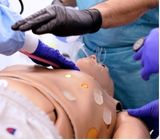
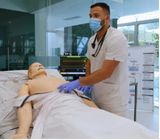
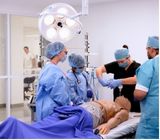
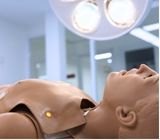
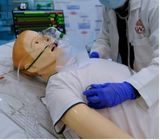
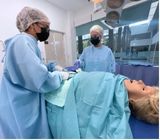
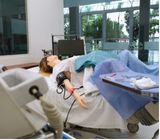
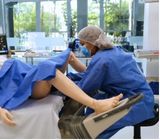
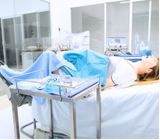
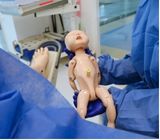
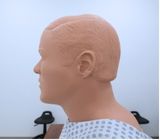
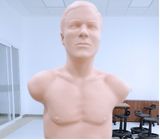
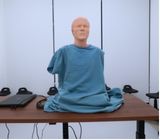
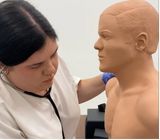
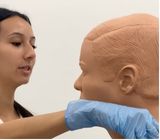
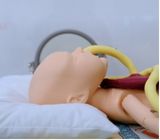
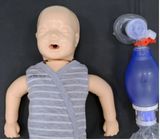
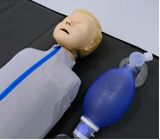
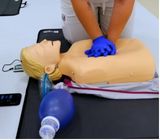
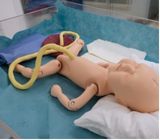
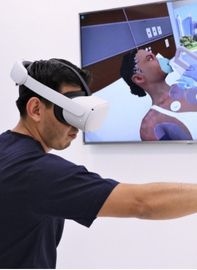
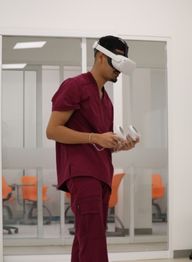
How do simulations enhance medical education?